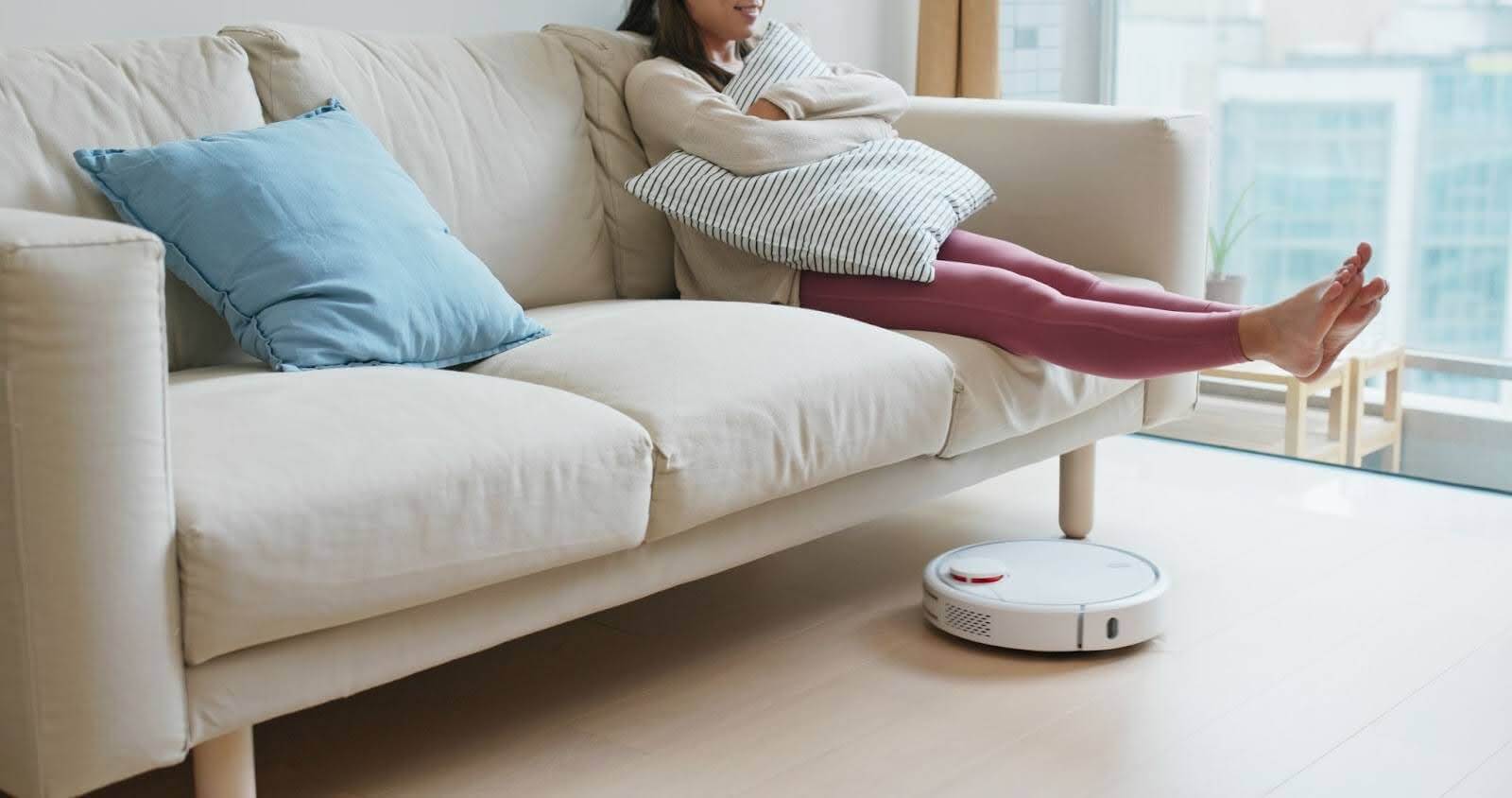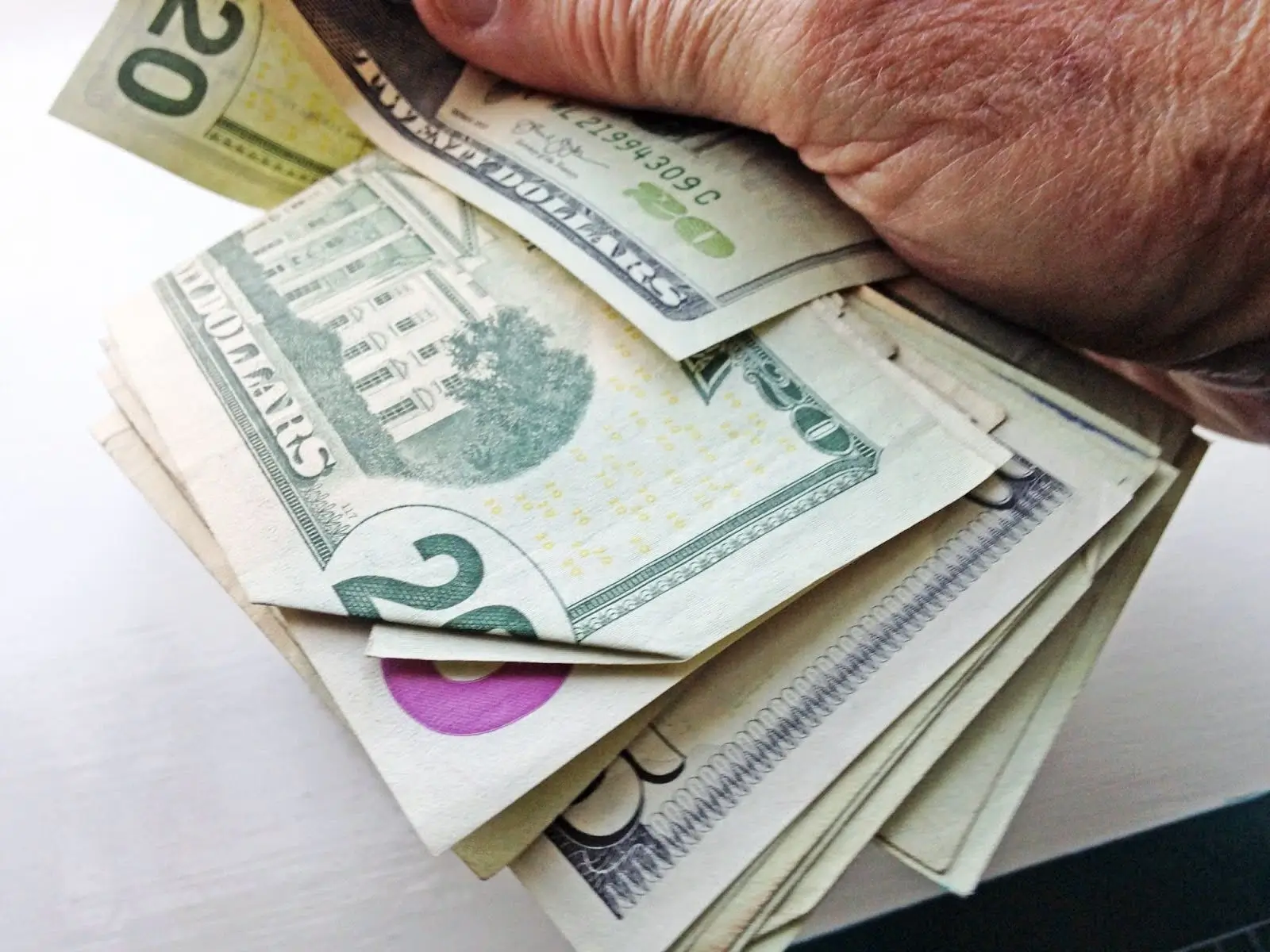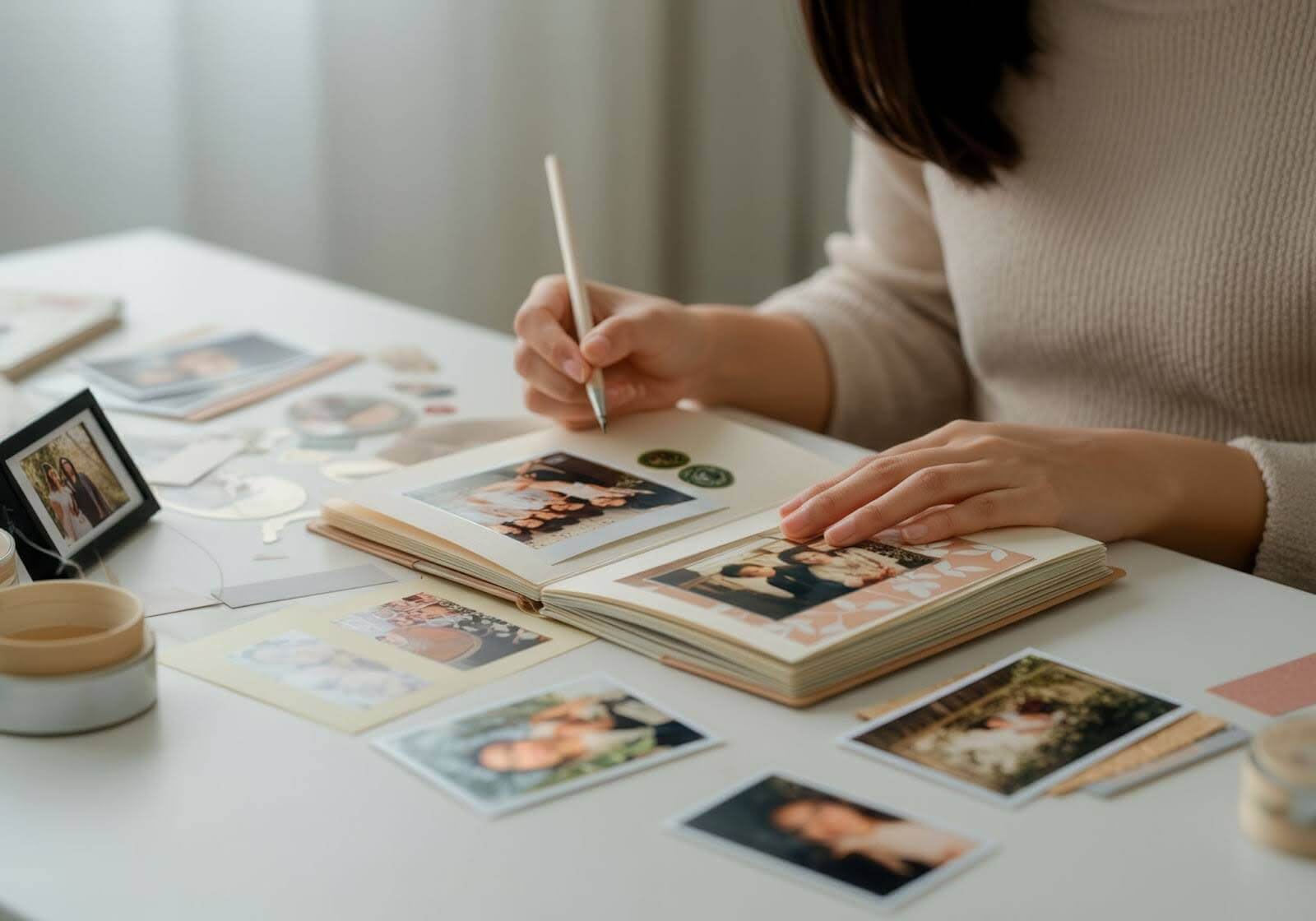
October marks the start of the entertaining season. Nothing makes entertaining easier than having all your tablecloths, table runners and cloth napkins cleaned and ready for use. Knowing how to clean table linens and store them correctly is the key.
Washing
Start by knowing exactly what material your table linens are. Fifty years ago you could assume your table cloth was either linen or cotton but today a variety of other materials are used. Check to see if there is a care label anywhere on the table cloth and follow it exactly. If there are no care instructions, then just place it in cool water and hand wash it with a gentle old fashioned laundry soap. Rinse it thoroughly and do not use a fabric softener, as it will discolor the fabric in storage. Let it hang dry and press with a cool iron.
Stain removal
Knowledge is power when trying to remove a stain. There are three major stains that occur on a table cloth or cloth napkins. The first is red wine. Wine tends to drip down the edge of the bottle or glass and leave a ring on the table cloth. This stain can easily be removed with hydrogen peroxide. Treat the stain as soon as possible. You can even dab the area with the hydrogen peroxide while it’s still on your table. The hydrogen peroxide will start to work and fade the stain. Place the tablecloth in a cool soaking bucket and add more hydrogen peroxide onto the stained area. Leave it overnight. Spot wash the area with a gentle laundry soap and keep working at the stain until it disappears. Place the tablecloth in the washer with a gentle laundry soap on a cool water setting. Use a permanent press setting if it’s available. After the rinse cycle, remove the tablecloth and let it air dry. If the stain persists, repeat the entire process. Patience will win when tackling a red wine stain.
Another typical stain on a tablecloth is greasy oil. The stain is tricky, and needs to be addressed before you put the tablecloth into the wash. Pre-treat the oily spot with rubbing alcohol. Let it sit for 15 minutes then go over the spot with a pure bar soap. Do not use a colored deodorant soap for this job. The rubbing alcohol will break down the oil and the soap will surround it and pull it out when you rinse the fabric. Place the treated table cloth into the washer and wash on a cool water setting. Let the tablecloth air dry and check the spots. As long as the table cloth does not go in the dryer you can continue to treat the spots until they have disappeared.
The third spot that occurs on cloth napkins is lipstick. Lipstick should be treated like the oil stains above but before and during your treatment you want to dab the area with a clean white cloth so as not to spread the lipstick into the surrounding area. Start by dabbing the stain with the cloth treated with rubbing alcohol. Continue to dab it until you don’t see any of the color coming out of the fabric. Then pour the alcohol on the spot and let it sit for 15 minutes. The alcohol will break down the oil. Before rubbing the bar of soap over the stain, dab the area again to see if there’s any more color coming from the fabric. If you get more lipstick on the clean white cloth, repeat treating the area with the rubbing alcohol. Once the white cloth is no longer pulling color from the cloth you can proceed by rubbing the bar soap of the area and putting the napkin into the washer. Make sure to check that the stain is totally gone before putting the napkin in the dryer.
Overall yellowing
If you have an heirloom tablecloth that is starting to yellow or fade, add some oxygen bleach to the wash cycle to brighten the colors and remove the dingy look. Remember to avoid fabric softeners in the rinse cycle as they can affect the coloring of the table cloth.
Ironing
It’s much easier to iron a damp tablecloth is much easier than a dry one. Plus, it gives your table cloth a nice crisp look. Remove the tablecloth from the rinse cycle and let it air dry until it’s just damp. If any areas get too dry, spritz them with plain tap water in a spray bottle. If you’re feeling nostalgic, they still make the laundry sprinkler head you can place in a glass bottle.
- Check your iron’s plate and make sure it’s clean and free from burn marks. There are commercial cleaning products you can use or try toothpaste. Wipe it completely clean before you start your ironing.
- Check the steam mechanism as well. You can avoid mineral spots by using distilled water. Test the steam system on an old t-shirt or rag before starting to iron your tablecloth.
- Start ironing on the wrong side of the tablecloth first. Once that side is completely finished, turn the tablecloth over and iron the front side. Avoid starches if possible as they can leave a film on the iron and the fabric. If you must use them, spray the area you are ironing with a light mist. More is not better in this case.
- The iron should be on a medium setting to start. If the wrinkles aren’t being totally ironed out, you can slowly turn up the heat of the iron. Do this in small steps so that you don’t damage the tablecloth with too much heat.
- Leave the ironed tablecloth out until it’s completely cooled down. You want to fold it so that it will fit on a padded hanger. Then cover it with a dark garbage bag that is open on the bottom and hang it in a cool, dry closet. The dark bag will protect it from light damage.
Storage
Hang your tablecloths on a padded hanger and store them in a clean, dry closet. Avoid hanging them in a basement or attic as they will tend to absorb the smells from those areas. It’s easiest if you store them in the room where they will be used. Then you don’t have to search the entire house when you need them.
Cloth napkins and place mats should be stored in a drawer and wrapped in a light paper. This will keep them clean, fresh and free from dust.
Table runners should also be hung on a padded hanger. You can wrap them in a plastic dry cleaning bag or a trash bag to keep it free from dust. Don’t seal the bag at the bottom. You want air to be able to flow around it.
A great way to store heirloom linens as well as napkins and place mats is to use a cardboard wrapping paper tube. Wrap the linens around the tube and store them in an airtight plastic container. Wrapping them around the tube will prevent wrinkles and fold marks. You can use a soft piece of ribbon or a rubber band to hold them in place.
It’s so nice to be able to share a holiday meal with family and friends. And with beautifully clean, fresh table linens, the meal will seem even more special.
For more green cleaning tips, visit greencleaningcoach.com


